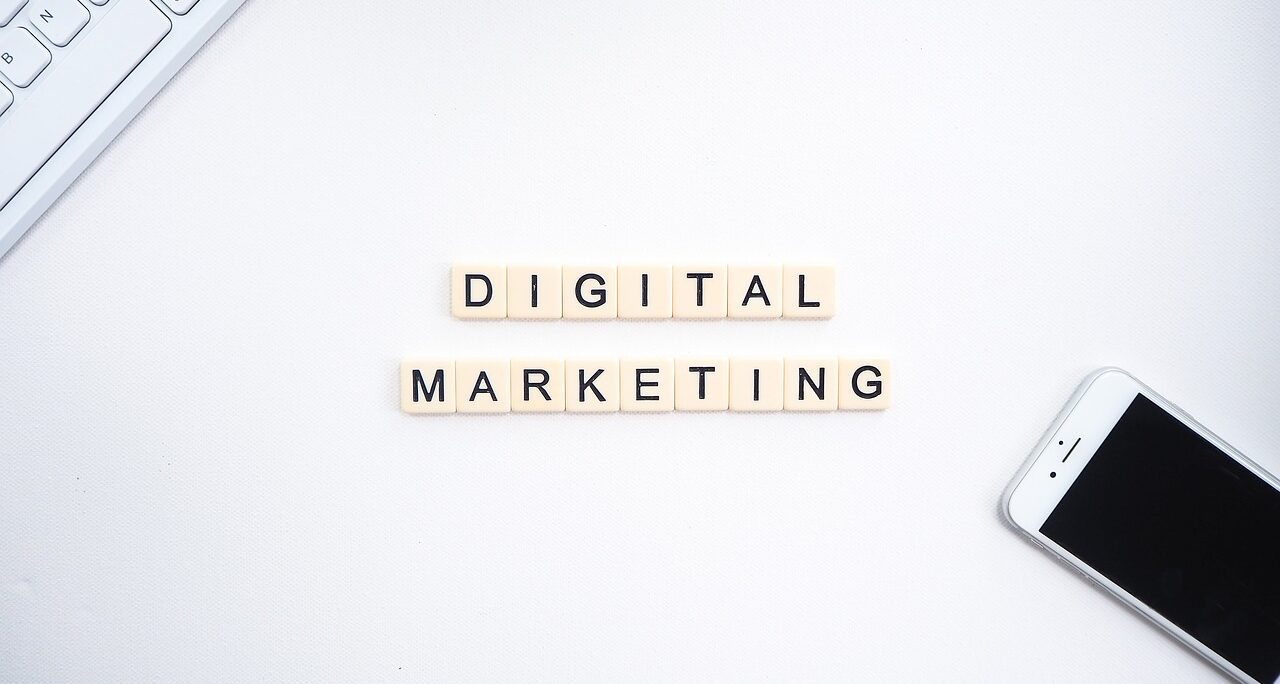The latest digital marketing landscape never stands still, and March 2025 has been no exception. With major players like Meta, LinkedIn, and Google rolling out game-changing updates, marketers need to stay sharp. Whether it’s Meta refining AI-powered lead generation, LinkedIn boosting attribution insights, or Google expanding display ads, these shifts are set to redefine how brands engage audiences online.

Meta’s Advantage+ Leads Campaigns: AI Takes the Wheel
Meta’s relentless push into AI-powered marketing innovations continues with its expansion of Advantage+ leads campaigns. These automation-driven campaigns are designed to make lead generation faster, smarter, and more efficient. Removing much of the trial-and-error from traditional ad optimizations.
Why Marketers Should Care
For businesses that rely on lead generation, this upgrade is a potential game-changer. Instead of manually tweaking audience segments and creative variations, Meta’s AI handles it all, using real-time signals to serve ads to users most likely to convert. Early adopters have reported:
- Higher-quality leads due to improved targeting
- Lower cost-per-lead thanks to automatic budget allocation
- Reduced need for manual A/B testing
I recently tested an Advantage+ campaign for a client in the SaaS space. Within two weeks, their cost-per-lead dropped by 27%, and lead volume went up by 35%. All with little manual intervention. The downside? Less control over finer campaign details, which can be frustrating for marketers who prefer a hands-on approach.
Bottom Line: If Meta’s AI is as smart as it’s shaping up to be, lead generation could soon be faster and more cost-effective than ever.
LinkedIn’s Attribution Upgrade: More Clarity on Conversions
Speaking of efficiency, LinkedIn has rolled out new attribution tools, improving how marketers can track conversions. Historically, LinkedIn’s analytics have been limiting, making it tough to gauge the true impact of campaigns. That’s changing with a revamped attribution model that provides deeper insights into user interactions across multiple touchpoints.
What’s New?
- Multi-Touch Attribution: See exactly how different ads contribute to conversions over time
- Enhanced Click & View Tracking: Identify whether a user engaged with an ad before converting
- Better Cross-Device Insights: Understand user behavior across mobile and desktop
For B2B marketers, this update is long overdue. A lead might see an ad on LinkedIn, visit a company’s site later, and then convert after an email follow-up. Armed with LinkedIn’s new insights, advertisers can finally connect the dots and optimize campaigns accordingly.
What Does This Mean for Advertisers?
Improved attribution helps justify ad spend and refine targeting strategies. Marketers can now see what’s working and what’s not. Leading to smarter budget allocation and higher ROI.
Microsoft and LinkedIn: A Deeper Ad Integration
Microsoft is taking LinkedIn’s ad capabilities a step further by integrating LinkedIn audience targeting into its broader advertising ecosystem. This means advertisers can now leverage LinkedIn’s professional data to personalize campaigns running on Microsoft platforms like Bing Ads and the Microsoft Audience Network.
Potential Impact
- Better B2B Targeting: Use LinkedIn job titles, industries, and company size to reach the right people
- Cross-Platform Consistency: Align LinkedIn-based targeting with broader digital strategies
- More Precision in Search & Display Ads: Deliver messages to business decision-makers more effectively
For those marketing to professionals, this could be a big deal. Combining search intent data with LinkedIn’s professional insights allows for laser-focused ad placements, leading to stronger engagement and conversion rates.
Google Expands Display Ad Placements: What You Need to Know
Over on the Google front, advertisers should brace for an expansion of display ad placements. Google is rolling out wider access to new inventory sources, giving brands even more reach across various online environments.
What’s Changing?
- More Placements on Premium Publisher Sites
- Enhanced Video & In-App Opportunities
- AI-Driven Contextual Targeting to Improve Relevance
While this presents exciting opportunities for wider audience exposure, some advertisers worry about brand safety and ad relevance. More placements mean a broader reach, but without careful monitoring, ads could appear in less-than-ideal surroundings. Google’s AI-driven contextual targeting is meant to mitigate irrelevant placements, but time will tell how effective it truly is.
What This All Means for Digital Marketing in 2025
Taken together, these updates signal a clear trajectory: automation, AI-driven optimization, and deeper data insights are shaping the future of digital marketing trends.
- Meta is doubling down on AI-led lead generation, removing much of the guesswork from campaign management
- LinkedIn is making attribution stronger, helping marketers track performance with more precision
- Microsoft is bolstering LinkedIn ad capabilities, providing brands with deeper professional targeting
- Google is redefining display advertising, expanding ad placements while leaning on AI for relevance
For digital marketers, these advancements bring both opportunities and challenges. Automation offers efficiency, but at the cost of some control. AI enhances targeting, but requires trust in algorithms. The key takeaway? Adaptation is non-negotiable.
Final Thoughts
Marketers who embrace these evolving tools will have a competitive edge. Whether you’re refining lead-gen strategies with Meta, tracking conversions more effectively on LinkedIn, or exploring broader reach with Google’s expanding placement options, staying ahead of these trends is key.
Ready to put these insights into action? Now’s the time to experiment, optimize, and refine your digital strategy for success in 2025 and beyond.
Source: Digital Bloom





